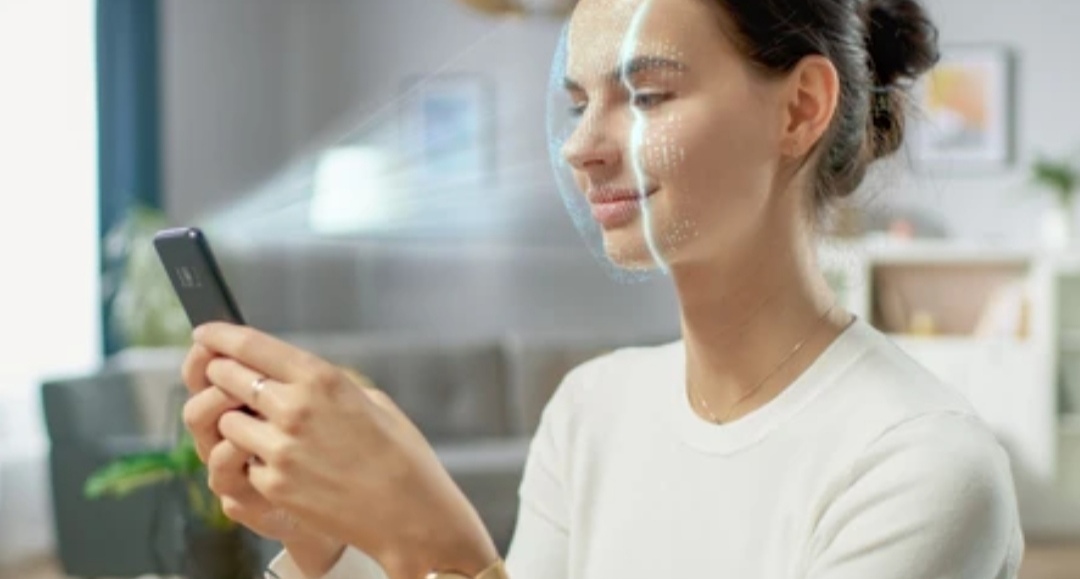Introduction to Face ID
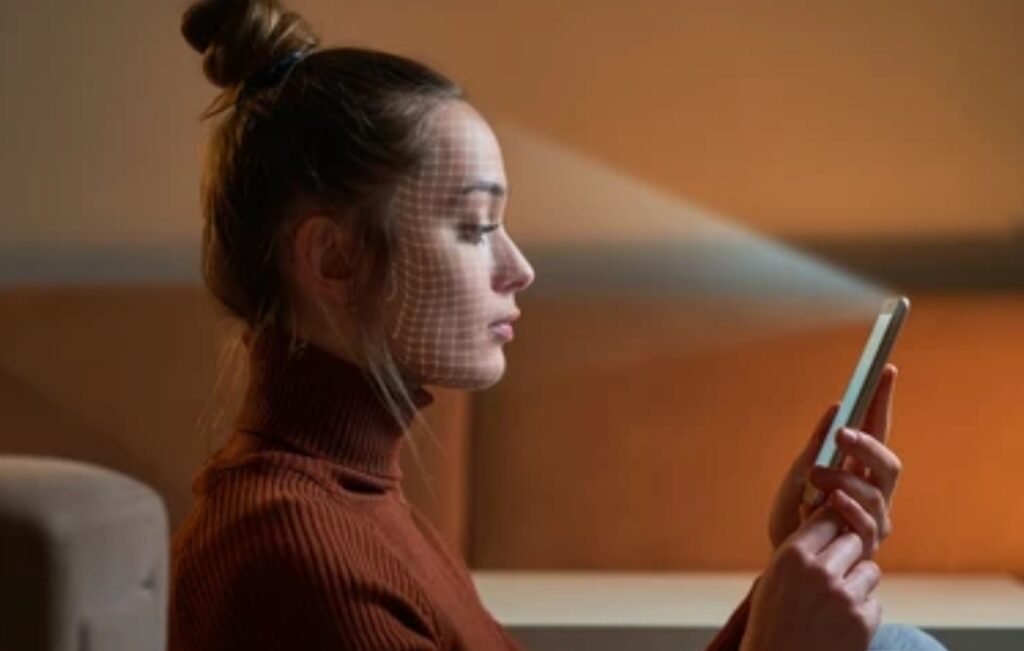
What is Face ID?
Face ID is Apple’s advanced biometric authentication system designed to make your iPhone or iPad more secure, convenient, and futuristic.
By using facial recognition technology, Face ID allows you to unlock your device, approve app downloads, sign in to websites, and even authorize Apple Pay transactions—all with just a glance.
From unlocking your iPhone in milliseconds to making secure payments in-store, Face ID combines cutting-edge neural networks and the TrueDepth camera system to recognize your unique facial features in real-time.
Unlike traditional PINs or passcodes, Face ID uses more than 30,000 infrared dots to map your face, adapting over time to changes like glasses, makeup, facial hair, or aging.
With Face ID, your face literally becomes your password—and that’s both smart and secure.
Why Choose Face ID Over a Passcode?
- ✅ Hands-free convenience: Great for when you’re wearing gloves or your hands are wet
- ✅ Adaptive recognition: Learns your face over time—even with changes in appearance
- ✅ More secure than Touch ID: With a 1 in 1,000,000 chance of a false match
- ✅ Encrypted & secure: Data is stored only on your device—not sent to Apple or the cloud
- ✅ Works with most third-party apps that support Touch ID
If you’ve been searching for how to set up Face ID on iPhone, understanding what it is—and why it’s powerful—is the first step.
It’s not just a cool feature. It’s a vital part of making your iPhone more secure.
🛡️ Pro Tip: Always keep your front-facing camera clean to avoid detection errors.
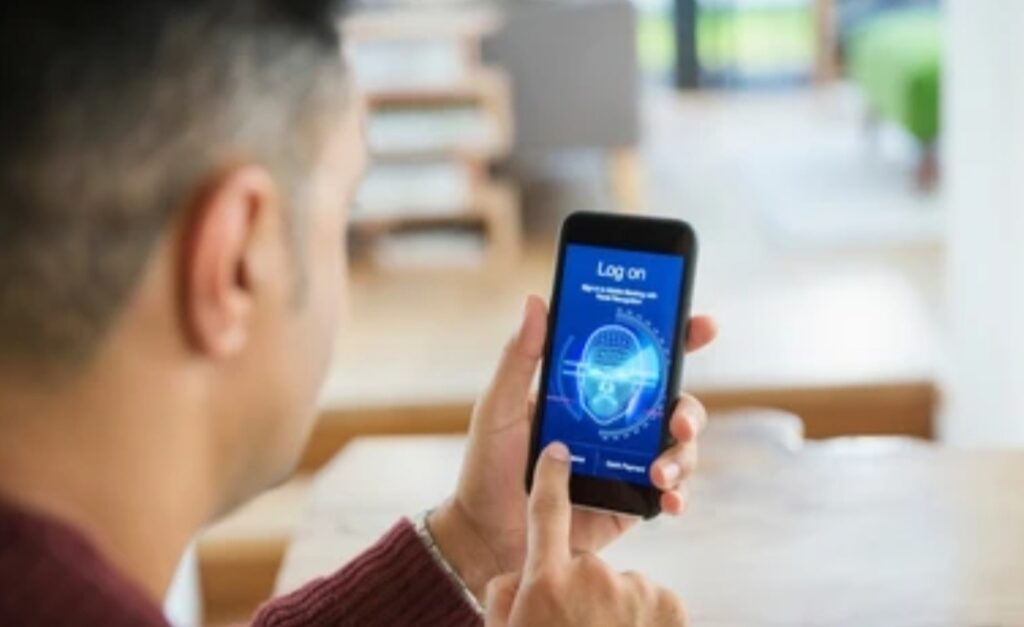
Compatible Devices for Face ID
Before diving into the steps on how to set up Face ID on iPhone, it’s important to confirm that your device actually supports this feature.
Apple first introduced Face ID with the iPhone X, and since then, it has become a core biometric feature in newer iPhones and iPads.
iPhone Models That Support Face ID (As of 2025)
Face ID is supported on the following iPhone models:
- 📱 iPhone X
- 📱 iPhone XR, XS, and XS Max
- 📱 iPhone 11 series (iPhone 11, 11 Pro, 11 Pro Max)
- 📱 iPhone 12 series (Mini, 12, 12 Pro, 12 Pro Max)
- 📱 iPhone 13 series (Mini, 13, 13 Pro, 13 Pro Max)
- 📱 iPhone 14 series (including iPhone 14 Plus and 14 Pro models)
- 📱 iPhone 15 series (All variants, including the latest insert affiliate link)
🧠 Note: Some older models only support Touch ID, not Face ID. So always check your device specs before proceeding.
iPad Models That Support Face ID
Face ID isn’t just limited to iPhones. Certain iPad Pro models come equipped with this cutting-edge facial recognition tech:
- 📱 iPad Pro 12.9-inch (3rd generation and later)
- 📱 iPad Pro 11-inch (All generations)
Whether you’re using an iPhone or iPad, Face ID works seamlessly across your Apple ecosystem—giving you secure, frictionless access at home or on the go.
🧭 Quick Tip: Want to know if your iPad has Face ID? Look for the absence of a Home Button and presence of Face ID settings under “Face ID & Passcode”.
✨ Why Knowing Compatibility Matters?
Many users wonder how to set up Face ID on iPhone without first checking if their model supports it.
Skipping this step may lead to frustration or wasting time.
Always check compatibility first to ensure the setup process goes smoothly.
🚀 Ready to unlock the full power of your iPhone?
Keep reading for the exact step-by-step guide on how to set up Face ID on iPhone (coming up next)!
➡️ Don’t forget to bookmark this guide for future reference!
Preparing Your iPhone for Face ID Setup
Before you dive into the step-by-step tutorial on how to set up Face ID on iPhone, there are a few essential things you need to take care of first.
These preparations ensure that the setup process goes smoothly and that your iPhone runs at its most secure and efficient performance level.
Let’s break it down.
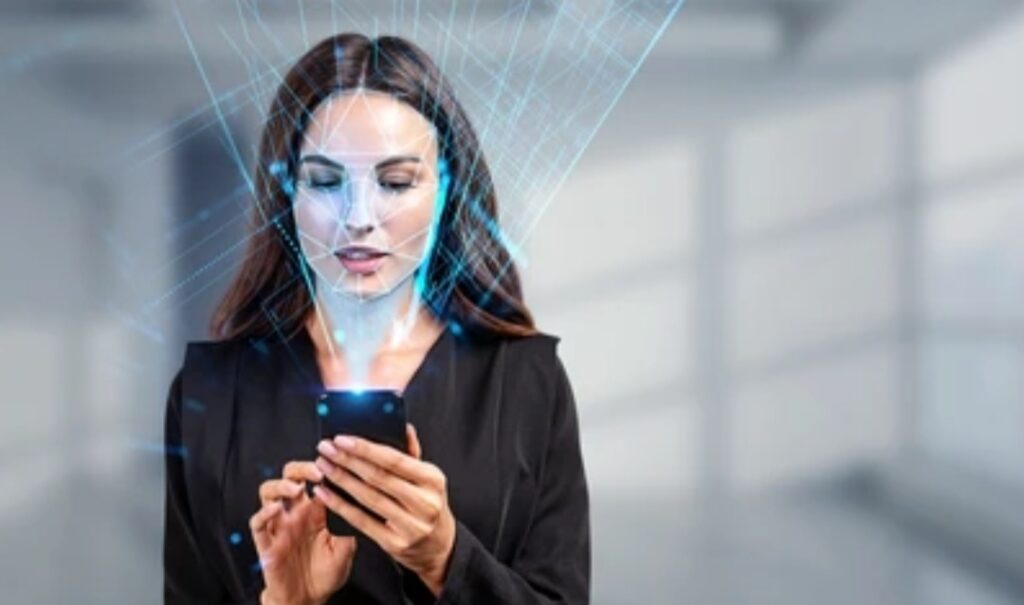
Ensure Your Device is Updated to the Latest iOS Version
To get the most reliable experience with Face ID, your iPhone should be running the latest version of iOS.
Every iOS update released by Apple comes with security patches, bug fixes, and enhancements to features like Face ID and biometric performance.
If you’re trying to figure out how to set up Face ID on iPhone but your software is outdated, you might experience glitches, incomplete setup, or limited settings.
That’s why updating your system is a critical first step.
Here’s how to update your iPhone:
- Open Settings
- Tap on General
- Tap Software Update
- If an update is available, tap Download and Install
You’ll want to be connected to Wi-Fi and ensure your battery is charged at least 50% (or plug it in).
🔐 Pro Tip: Turn on “Automatic Updates” to make sure you always stay up to date without manual effort.
Why does this matter for Face ID?
Because Apple continuously improves Face ID’s accuracy, security, and mask detection via iOS updates.
With every new update, Face ID becomes smarter at recognizing you in different lighting conditions, with accessories like glasses, or even while wearing a mask.
Keeping your software updated also ensures you’re protected against the latest security vulnerabilities, keeping your personal data safe.
If you’re truly committed to learning how to set up Face ID on iPhone the right way—start with this step.
🛠️ Need help checking your model compatibility or update status? Consider using a trusted iOS optimizer app.
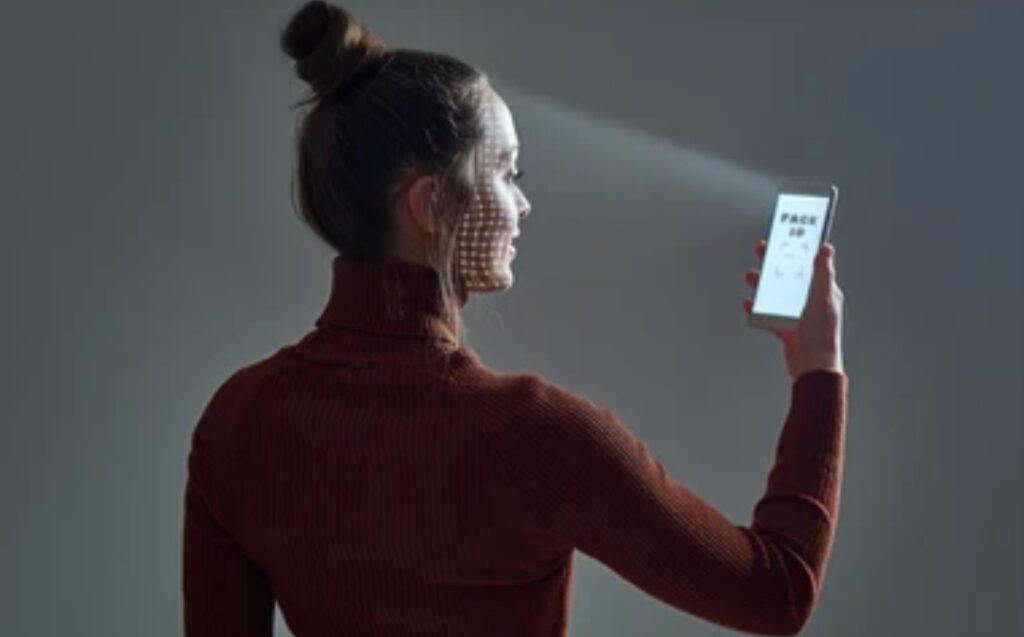
Setting Up a Passcode – Your Essential Backup for Face ID
Even though Face ID is incredibly reliable, Apple requires every user to set up a passcode as a backup method.
Why? Because there are scenarios where Face ID may not work:
- When you restart your device
- If your face is obstructed or covered
- After five unsuccessful attempts
- If the iPhone hasn’t been unlocked in over 48 hours
- If the device is in Lost Mode or has been remotely locked
In these cases, your passcode acts as a fallback security layer to access your iPhone and sensitive features like payment methods and password autofill.
👉 Think of it as your safety net. Even if Face ID ever fails, you’ll still be able to access your device without any hassle.
How to set up your passcode:
- Go to Settings
- Tap Face ID & Passcode
- Enter your current passcode (if one exists)
- Tap Turn Passcode On or Change Passcode
- Choose a secure 6-digit numeric or custom alphanumeric code
💡 Security Tip: Avoid common passcodes like 123456 or birthdays. Use a unique combo that’s easy for you to remember, but hard to guess.
Passcode Tips for Enhanced Security:
- Use a mix of numbers, letters, and symbols
- Don’t reuse passcodes across devices
- Never share your passcode—Face ID is personal by design
- Consider changing your passcode every few months
Having a strong passcode ensures that even if your Face ID doesn’t work—or someone else gets ahold of your device—your data is still locked down and protected.
🔐 Pro Tip: Enable “Erase Data after 10 failed attempts” in Face ID settings for an extra layer of security.
🔥 Ready to activate Face ID and unlock your phone like a pro?
You’re now fully prepped! 🎯
👉 Keep scrolling to learn the exact step-by-step process on how to set up Face ID on iPhone—the right way.
Don’t skip it—this is where the magic happens!
Step-by-Step Guide to Setting Up Face ID on iPhone
Now that your iPhone is up-to-date and you’ve set up a passcode, it’s time to walk through the actual process of how to set up Face ID on iPhone.
This part is where your phone learns your face and configures your unique biometric signature for secure authentication.
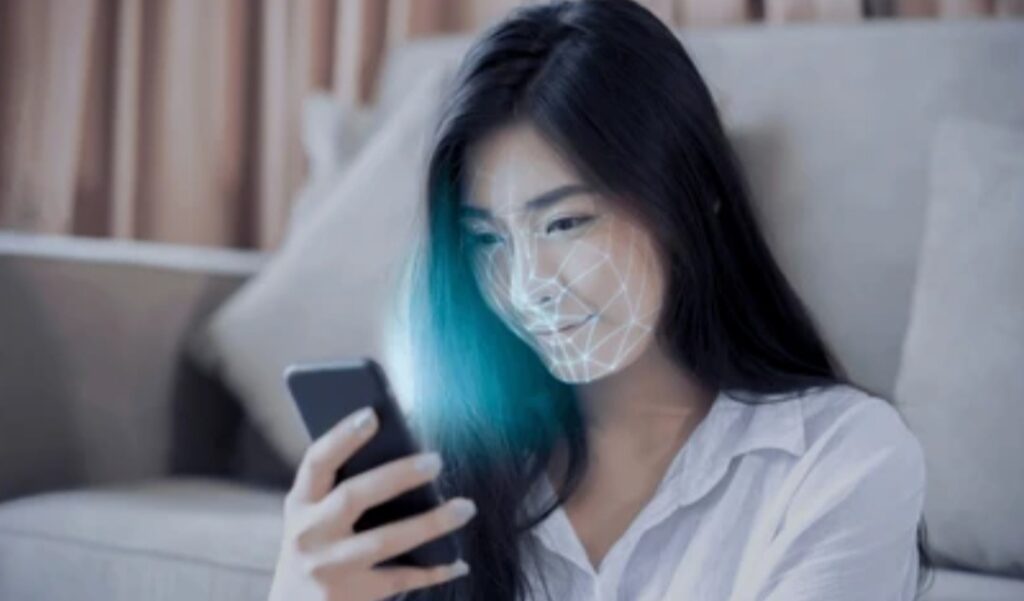
Navigate to Face ID Settings
Setting up Face ID only takes a couple of minutes if you follow these simple steps:
- Open the Settings app.
- Scroll down and tap Face ID & Passcode.
- Enter your existing passcode to proceed.
This section is where you’ll manage everything related to Face ID—including which features it can unlock and your scan data.
🧠 Tip: If you ever want to reset your Face ID, this is the same area where you’ll do it.
Tap “Set Up Face ID”
Once inside the Face ID settings:
- Tap “Set Up Face ID” to begin the configuration process.
Your iPhone will activate the TrueDepth camera system, which uses a combination of sensors, infrared scanning, and a dot projector to scan your face with precision.
Before continuing, remove any obstructions like:
- Face masks
- Sunglasses or hats (you can add alternate appearance later)
- Hair covering your face
Lighting matters too! Choose a well-lit area to improve scan accuracy.
Position Your Face Inside the Frame
Your iPhone will show a circular frame on screen.
Gently hold the device 10–20 inches away from your face and position your head so it fits within the on-screen circle.
You’ll then be guided to:
- Slowly move your head in a circle
- Complete the ring on screen with one full head scan
Apple recommends two facial scans to improve accuracy. After completing the first scan, you’ll be prompted to repeat the process.
🔁 Don’t rush. Move your head slowly to allow the sensor to map all angles.
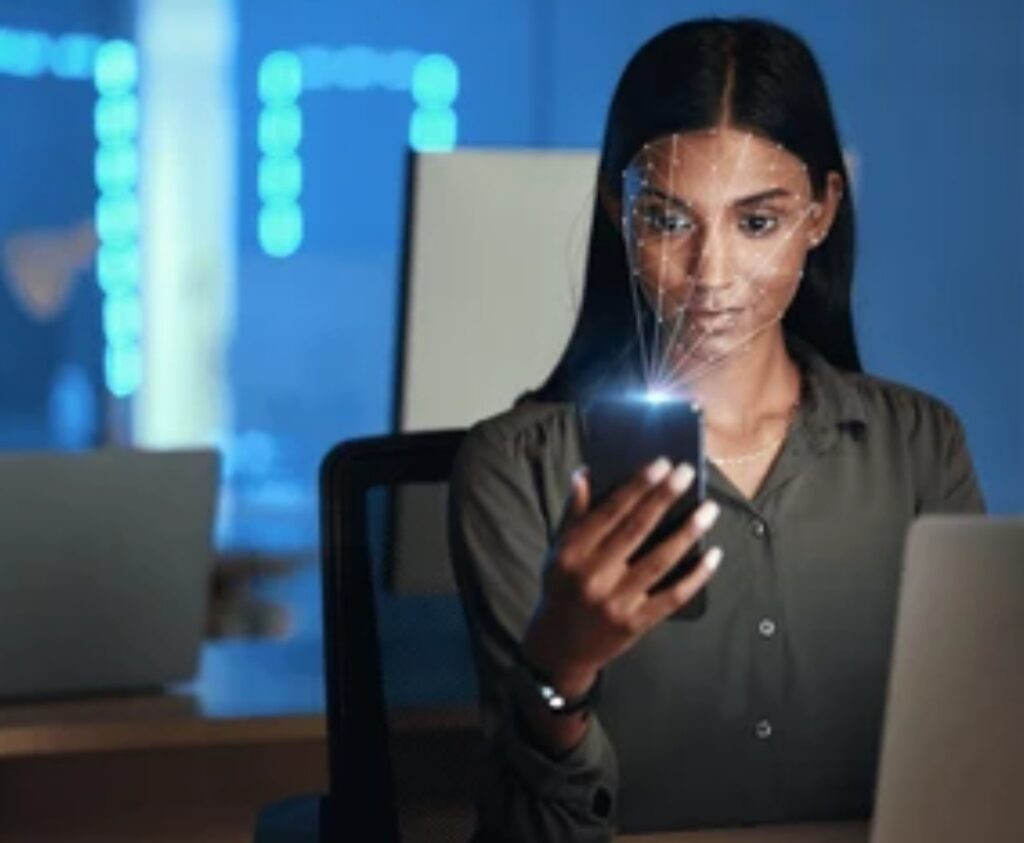
Face ID Setup Is Complete
Once both scans are done, you’ll see the message: Face ID is now set up.
From here, you can enable Face ID for:
- 📲 Unlocking your iPhone
- 💳 Authorizing Apple Pay
- 🔐 Password autofill and login for Safari and apps
- 🛍️ App Store purchases
All of these can be toggled within the same Face ID & Passcode menu.
🧠 Advanced Tip: You can also set up an Alternate Appearance—perfect for changing looks, makeup, or someone else you trust.
🔒 Extra Face ID Customization Tips (Bonus)
- Require Attention for Face ID: Ensures you must be looking at the screen. Adds a security layer.
- Reset Face ID: You can re-enroll if Face ID stops recognizing you after significant appearance changes.
- Turn Face ID Off for Certain Apps: Control which apps can use Face ID under Settings > App name > Face ID.
✨ And just like that, you’ve mastered how to set up Face ID on iPhone.
➡️ Now you can unlock your phone with a glance—faster, smarter, and more secure than ever before.
Customizing Face ID Settings for Maximum Security
Once you’ve learned how to set up Face ID on iPhone, the next smart move is to tailor its settings for maximum privacy, control, and convenience.
Apple gives you multiple options to fine-tune how Face ID works—giving you full authority over your biometric data and how it’s used.
Let’s break down each setting you can adjust to make the most out of Face ID.
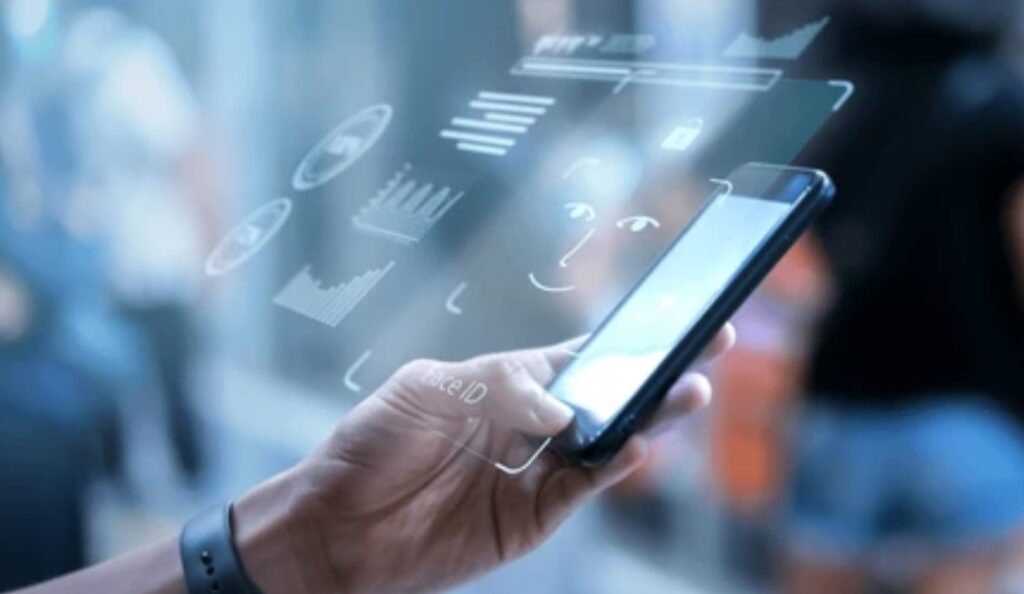
Enable Face ID for Specific Features
Face ID isn’t just for unlocking your iPhone.
It can also be used for:
- 🔓 Unlocking the device
- 🧾 Making purchases via Apple Pay
- 📱 Downloading apps from the App Store
- 🛡️ Auto-filling passwords in Safari
- 🔐 Accessing third-party apps that support biometric login
To customize this:
- Go to Settings > Face ID & Passcode
- Enter your passcode
- Toggle ON or OFF the features under “Use Face ID For”
This allows you to tailor your security preferences while maintaining ease of access.
💡 Pro Tip: If you’re concerned about unauthorized in-app purchases by others, disable Face ID for Apple Pay and App Store.
Set Up an Alternate Appearance
Do you frequently change your look?
Maybe you wear makeup some days, a beard on others, or wear glasses regularly?
In that case, setting up an Alternate Appearance allows Face ID to recognize both versions of you more accurately.
Here’s how:
- Go to Settings > Face ID & Passcode
- Tap Set Up an Alternate Appearance
- Follow the same facial scan steps as during the initial setup
🎯 Power Move: Use this option if a family member or spouse needs access to your device frequently.
Require Attention for Face ID
This feature enhances privacy by making sure your eyes are open and looking directly at your screen before unlocking.
It’s ideal for:
- Preventing others from unlocking your phone while you’re asleep
- Protecting your data in crowded places
To activate:
- Go to Face ID & Passcode
- Turn on Require Attention for Face ID
Warning: If you wear sunglasses that block infrared light, this feature might prevent Face ID from working properly.
🔐 Privacy Insight: This setting ensures your device only unlocks when you’re consciously looking at it.
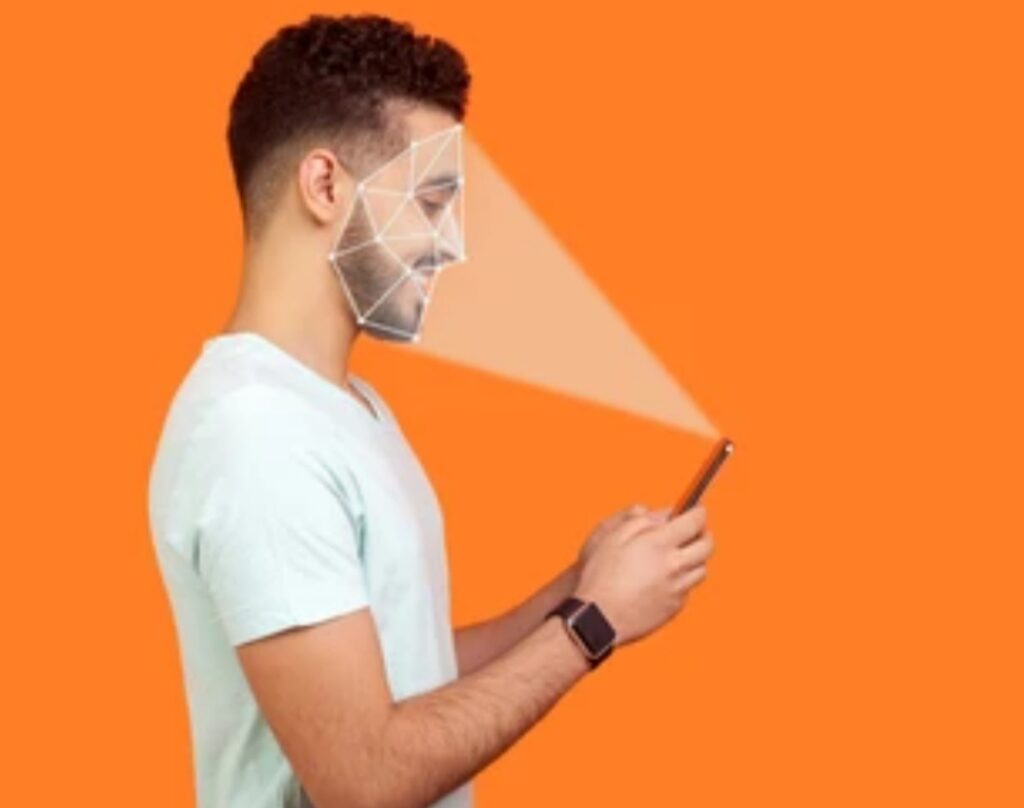
Disable Face ID Temporarily
In some situations—like traveling through customs or being in a high-risk environment—you may want to disable Face ID instantly.
Here’s how to do it on the fly:
- Press and hold the Side Button and either Volume button until the power-off screen appears
- This will automatically disable Face ID until your passcode is entered again
💡 This is a protection against coercion or emergency scenarios.
Managing Face ID in Third-Party Apps
Many apps (like banking, social media, and password managers) offer Face ID as a login option.
You can control this directly from each app’s settings.
For example:
- Open your Banking App
- Navigate to Settings > Security > Face ID
- Toggle ON or OFF according to your preference
Some apps also let you choose between Face ID and passcode login, which is helpful if you want an added layer of choice.
📲 User Tip: Make sure apps using Face ID are trustworthy and up-to-date to avoid privacy loopholes.
Quick Checklist: Optimize Your Face ID Experience
- ✔️ Keep iOS updated
- ✔️ Set a strong passcode backup
- ✔️ Use “Require Attention” for better security
- ✔️ Add an Alternate Appearance if your look often changes
- ✔️ Review which apps have Face ID access
- ✔️ Know how to quickly disable Face ID if needed
🚀 Face ID is more than just unlocking your phone—it’s a gateway to privacy, personalization, and digital freedom.
Take control of your settings today and stay ahead of threats.
➡️ Next up: What to Do If Face ID Stops Working—Don’t Miss These Pro Fixes!
What to Do If Face ID Stops Working – Troubleshooting Tips & Fixes
Face ID is usually smooth and reliable—but just like any advanced tech, occasional hiccups can occur.
If you’ve followed how to set up Face ID on iPhone and it’s not working as expected, don’t panic.
Here’s a comprehensive troubleshooting guide to get Face ID back in action—fast.
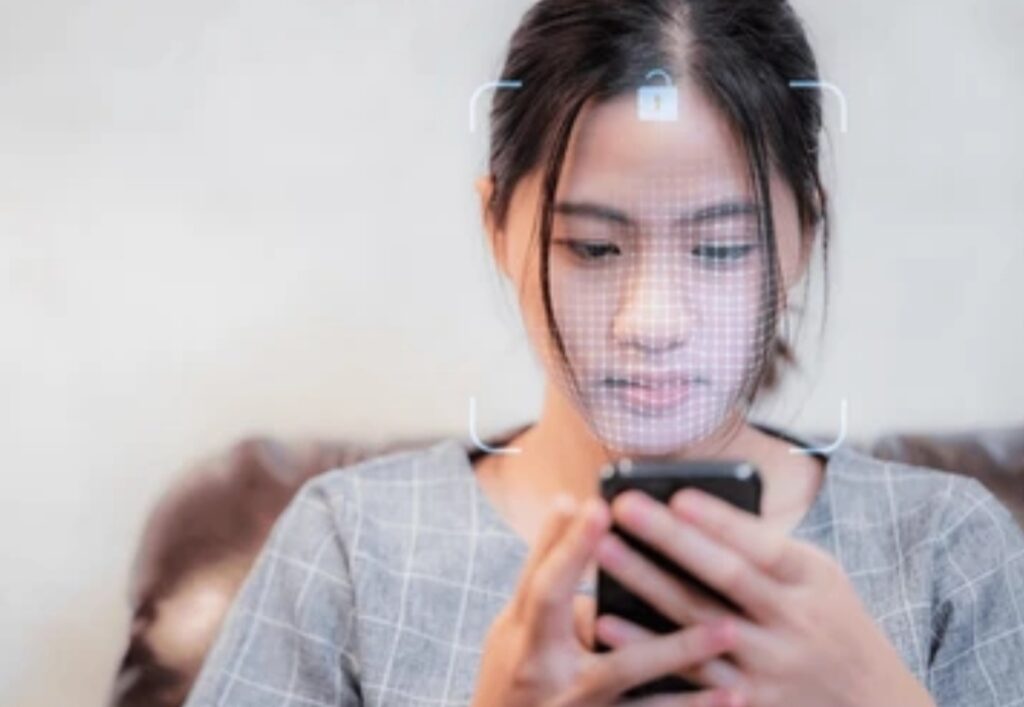
Common Reasons Why Face ID May Fail
Before diving into fixes, it’s helpful to know the usual culprits:
- 😑 Face not fully visible (e.g., mask, hat, heavy makeup, sunglasses)
- 💡 Low-light or overly bright environments
- 🧼 Dirty TrueDepth camera (camera area is smudged)
- ⚙️ Software glitch or outdated iOS
- 📱 Hardware issues (e.g., after dropping your phone)
Understanding these causes will help you solve issues more efficiently.
Step-by-Step Fixes for Face ID Issues
Let’s walk through proven solutions:
✅ 1. Clean the Front Camera Area
Gently wipe the notch area with a soft, lint-free cloth.
Even a slight smudge can prevent Face ID from reading your features.
✅ 2. Check for iOS Updates
Go to Settings > General > Software Update and ensure you’re on the latest iOS version.
Apple frequently releases Face ID-related performance improvements.
✅ 3. Reposition or Remove Face Coverings
Make sure nothing is covering your nose, mouth, or eyes.
If you’re wearing a face mask, enable Face ID with Mask via:
Settings > Face ID & Passcode > Face ID with a Mask
✅ 4. Reset Face ID and Re-Register Your Face
If it still won’t work:
- Go to Settings > Face ID & Passcode
- Tap Reset Face ID
- Then select Set Up Face ID again
🧠 This re-scans your face and often fixes poor recognition issues.
✅ 5. Enable “Require Attention” if it was disabled
Increased security may help with detection issues:
Settings > Face ID & Passcode > Require Attention for Face ID
✅ 6. Restart Your iPhone
Sometimes, all your phone needs is a fresh reboot to eliminate glitches.
✅ 7. Restore or Contact Apple Support
If none of these help, a hardware issue may be to blame—especially if the device was dropped or water-damaged.
You can schedule a Genius Bar appointment or visit an Apple Authorized Service Provider for diagnostics.
Proactive Tips to Keep Face ID Working Smoothly
Here are a few maintenance strategies to avoid future hiccups:
- 🧼 Regularly clean the notch and camera area
- 🔄 Keep your iPhone’s software updated
- 👥 Add an alternate appearance if you change looks often
- 🌞 Use Face ID in consistent lighting when possible
- ⚠️ Don’t attempt to self-repair the camera system
🔧 Troubleshooting doesn’t have to be hard—just follow these tips to bring Face ID back to life!
➡️ Up next: How to Use Face ID with a Mask – Must-Know Tips for 2025 and Beyond
How to Use Face ID with a Mask – Must-Know Tips for 2025 and Beyond
In response to the global need for contactless and secure solutions, Apple introduced a brilliant feature: Face ID with a Mask.
This feature lets you unlock your iPhone without removing your mask, making it perfect for daily use in public spaces, medical facilities, or when you’re bundled up in cold weather.
Let’s break down how to set it up and what you should know.
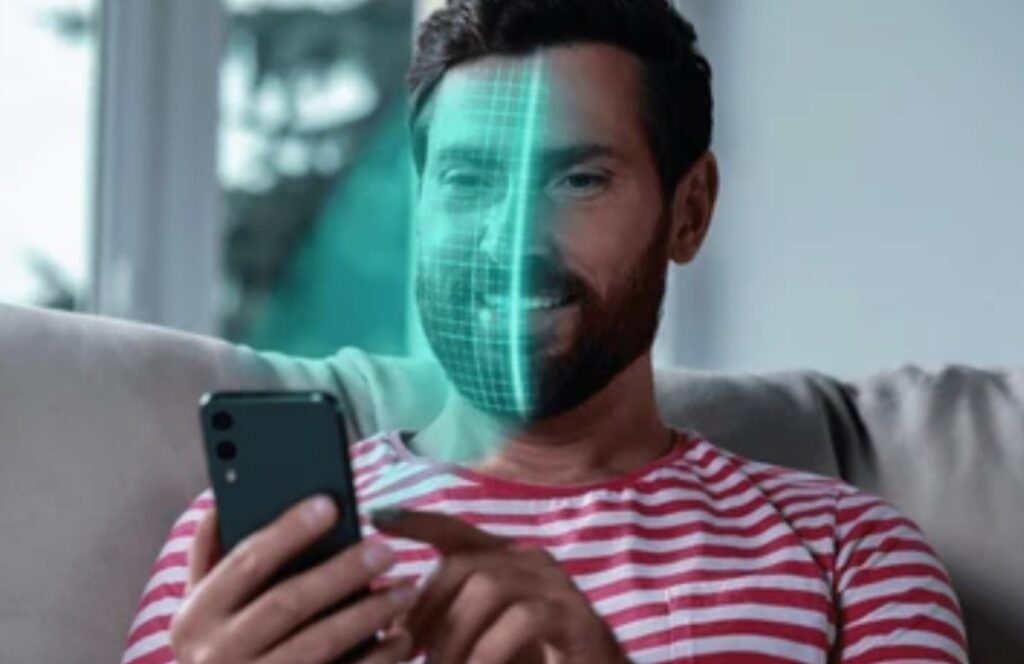
Requirements for Face ID with a Mask
Before setting up this feature, your iPhone must meet the following requirements:
- Must be an iPhone 12 or newer
- Running iOS 15.4 or later (we recommend the latest version of iOS for full compatibility and security)
📱 Face ID with Mask uses the area around your eyes to authenticate instead of a full facial scan.
That means it works best when your eyes are clearly visible.
How to Set Up Face ID with a Mask
Here’s how to enable the feature quickly and safely:
- Go to Settings > Face ID & Passcode
- Enter your passcode
- Tap Face ID with a Mask
- Follow the on-screen instructions to re-scan your face
💡 You don’t need to wear a mask during setup.
Instead, iPhone learns to focus on unique eye and upper facial features.
🔁 After the scan is complete, Face ID will be able to recognize you even when part of your face is covered.
Add Glasses for Better Recognition
If you wear glasses, Face ID with a Mask allows you to add each pair individually to improve accuracy.
To do this:
- Tap Add Glasses under the same Face ID settings
- Follow the prompt to scan your face while wearing that specific pair
🧠 You can add multiple glasses, but sunglasses are not supported for this mode.
Limitations of Face ID with a Mask
Although this feature is incredibly helpful, there are a few important limitations to keep in mind:
- Reduced security: It’s slightly less secure than full Face ID
- Doesn’t work with sunglasses
- Not available on older iPhone models (iPhone X to 11 users must use Apple Watch unlock or remove mask)
🔒 If security is your top priority, you may want to toggle this feature OFF in sensitive environments.
✅ Face ID with a Mask is a powerful feature that gives users freedom and flexibility while staying safe and secure.
➡️ Up next: Security and Privacy Considerations for Face ID — let’s talk data protection, privacy control, and how Face ID keeps your information safe.
Temporarily Disabling Face ID – Quick Privacy Tips You Should Know
There may be moments when you need to instantly disable Face ID for privacy or security reasons—like when you’re traveling, in a high-risk situation, or simply want to force the device to require your passcode.
Fortunately, Apple has included smart built-in options to let you temporarily disable Face ID on iPhone, without having to completely remove your Face ID settings.
This gives you immediate control over your device’s security, whenever you need it.
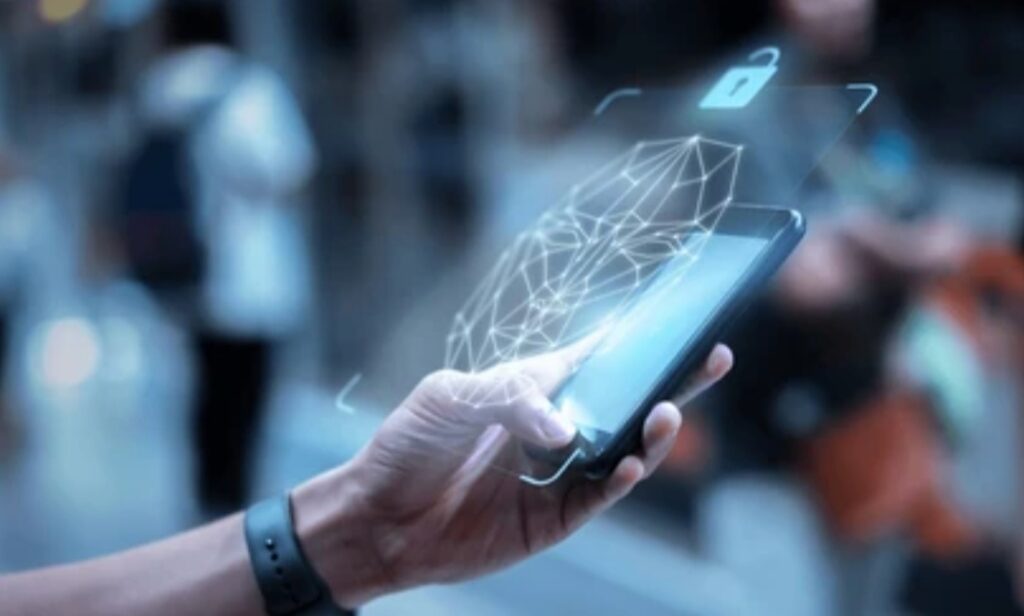
Methods to Disable Face ID Temporarily on iPhone
Here’s how to do it quickly and effectively:
🔒 Option 1: Use Emergency SOS Gesture
This is the fastest and most effective way to temporarily turn off Face ID:
- Press and hold the Side Button and either Volume Button (Up or Down) simultaneously.
- Hold them for about 2 seconds until the Emergency SOS screen appears.
- Don’t swipe the Emergency SOS slider.
- Simply press the Side Button once again to put your iPhone back to sleep.
That’s it! Face ID will now be disabled temporarily, and your iPhone will require a passcode to unlock on the next attempt.
✅ This method is perfect if you ever feel your device may be accessed without your consent (such as during travel or emergencies).
🧠 Why Does This Work?
When you activate the Emergency SOS screen or press the required buttons, iPhone automatically assumes a security risk may be present and disables biometric authentication.
This means Face ID and Touch ID both get locked, and only your numeric passcode can be used to unlock the device.
Bonus Tip – Use Siri or Accessibility Settings (Optional)
For users who rely on Accessibility features or Siri voice commands, another alternative is:
- Enable “Voice Control” in Accessibility settings
- Set a custom voice command to navigate to “Settings > Face ID & Passcode”
- Manually toggle features off when needed
➡️ While not as quick as the Emergency SOS method, this can be helpful for users with accessibility needs.
Important Notes
- This is a temporary measure only. Face ID will work again after entering the correct passcode.
- You don’t need to delete or reset your Face ID setup to disable it temporarily.
- You can also go to Settings > Face ID & Passcode to manually toggle off Face ID for specific uses like unlocking the phone, Apple Pay, or app authentication.
Security Tip:
Always remember this shortcut. In uncertain or uncomfortable situations, it gives you instant control over your iPhone’s security—no need to dig through settings or panic.
Bold CTA: Be prepared, not paranoid—learn how to use this Face ID trick anytime you need instant protection.
Security and Privacy Considerations for Face ID
In an era where personal data protection is paramount, understanding the security and privacy aspects of biometric authentication is crucial.
Apple’s Face ID offers a seamless and secure way to access your iPhone, but it’s essential to comprehend how your facial data is managed and safeguarded.
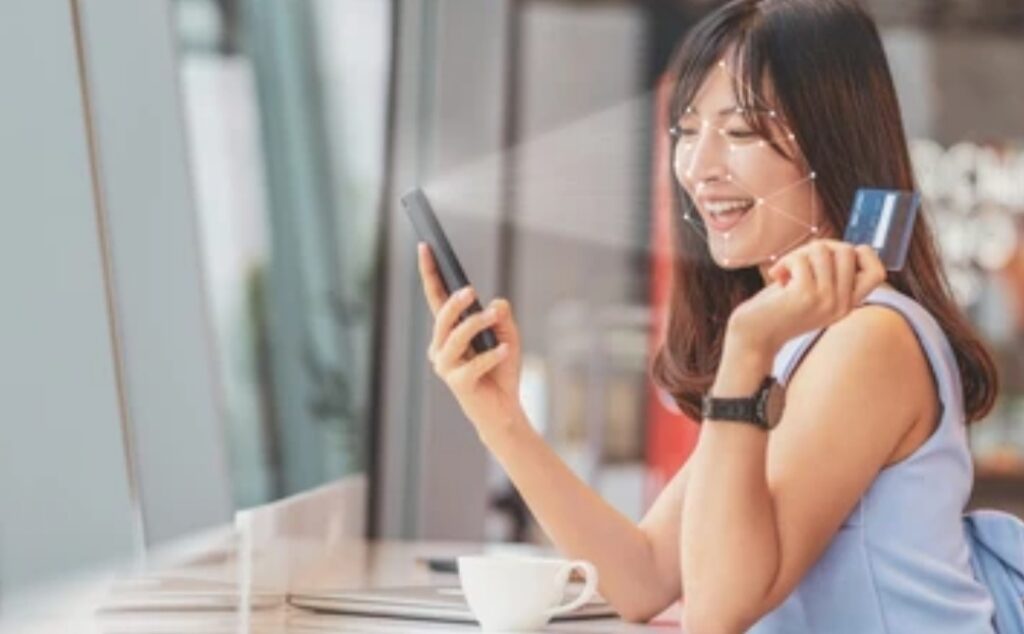
How Face ID Protects Your Data
Apple has implemented robust measures to ensure that your facial recognition data remains secure:
- Secure Enclave Storage: When you set up Face ID, your facial data is converted into a mathematical representation and encrypted. This encrypted data is stored in the Secure Enclave, a dedicated subsystem within your iPhone’s chip designed to protect sensitive information. Importantly, this data never leaves your device and is not backed up to iCloud or any other external storage.
- On-Device Processing: All processing related to Face ID occurs directly on your iPhone. This means that your facial data is not transmitted to external servers for authentication purposes, enhancing your privacy and reducing potential exposure to data breaches.
Privacy Measures and User Control
Apple emphasizes user privacy and control over personal data:
- Data Non-Accessibility: Neither Apple nor third-party apps can access your Face ID data. The mathematical representations of your face are used solely for authentication purposes and are inaccessible to the operating system or any applications running on your device.
- User Consent: Face ID requires explicit user consent for setup and can be disabled at any time. Additionally, you can manage which apps are permitted to use Face ID for authentication, providing you with control over its usage.
Potential Security Considerations
While Face ID is designed with advanced security features, it’s important to be aware of certain considerations:
- Legal and Coercion Scenarios: In situations where you might be compelled to unlock your device (e.g., by law enforcement), biometric authentication like Face ID could be used without your consent. In contrast, passcodes require conscious input and may offer more protection in such scenarios.
- Identical Twins and Siblings: Face ID’s probability of false matches increases among identical twins or siblings with similar facial features. In such cases, relying solely on Face ID might not be advisable.
Best Practices for Enhancing Face ID Security
To maximize the security of Face ID on your iPhone:
- Enable “Require Attention for Face ID”: This setting ensures that Face ID only works when you’re actively looking at your device, adding an extra layer of security.
- Use a Strong Alphanumeric Passcode: In addition to Face ID, setting a robust passcode provides a fallback security measure.
- Regularly Update iOS: Keeping your device updated ensures you have the latest security patches and improvements.
- Manage Third-Party App Permissions: Regularly review and control which apps have access to Face ID authentication to prevent unauthorized use.
By understanding and implementing these security and privacy considerations, you can confidently use Face ID, knowing that your personal data is well-protected.
Frequently Asked Questions (FAQs) About Face ID on iPhone
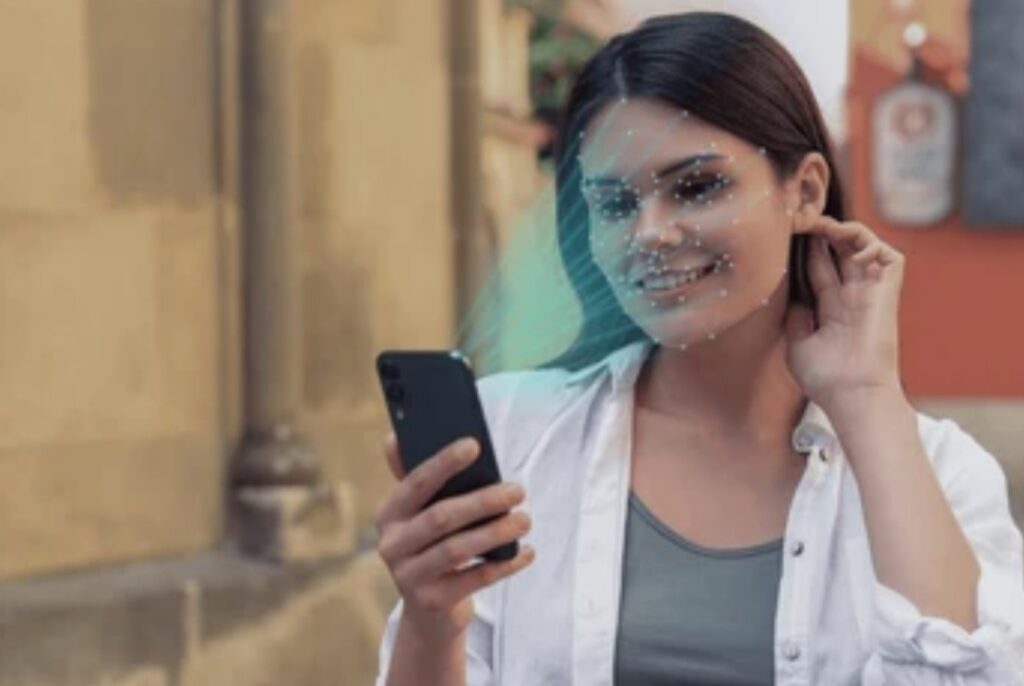
How do I set up Face ID on my iPhone?
To set up Face ID on iPhone:
- Go to Settings > Face ID & Passcode
- Enter your passcode
- Tap Set Up Face ID
- Follow the on-screen instructions to scan your face
Make sure you’re in a well-lit area and holding the phone at eye level.
👉 For a complete walkthrough, scroll up to our section on how to set up Face ID on iPhone!
Which iPhones support Face ID?
Face ID is supported on the following iPhone models:
- iPhone X
- iPhone XR, XS, XS Max
- iPhone 11, 11 Pro, 11 Pro Max
- iPhone 12 series
- iPhone 13 series
- iPhone 14 series
- iPhone 15 series and newer
✅ Most modern iPhones use Face ID instead of Touch ID, and newer models have faster facial recognition.
Can I use Face ID with a mask or glasses?
Yes, you can! Starting with iOS 15.4, Apple introduced the Face ID with a Mask feature:
- Works on iPhone 12 and newer
- Lets you unlock your phone while wearing a mask
- Supports adding multiple pairs of glasses (but not sunglasses)
Go to Settings > Face ID & Passcode > Face ID with a Mask to set it up.
Is Face ID secure?
Absolutely. Face ID uses advanced facial mapping with over 30,000 invisible dots and infrared technology.
Your face data is:
- Encrypted
- Stored in the Secure Enclave on your iPhone
- Never uploaded to Apple servers or the cloud
💡 You can also enable “Require Attention for Face ID” for extra protection.
How do I disable Face ID temporarily?
To disable Face ID instantly:
- Press and hold the Side Button + either Volume Button
- When the Emergency SOS screen appears, release
- Tap the Side Button again to lock the phone
The next time your phone is unlocked, it will require your passcode instead of Face ID.
Perfect for when you need quick, private control of your device.
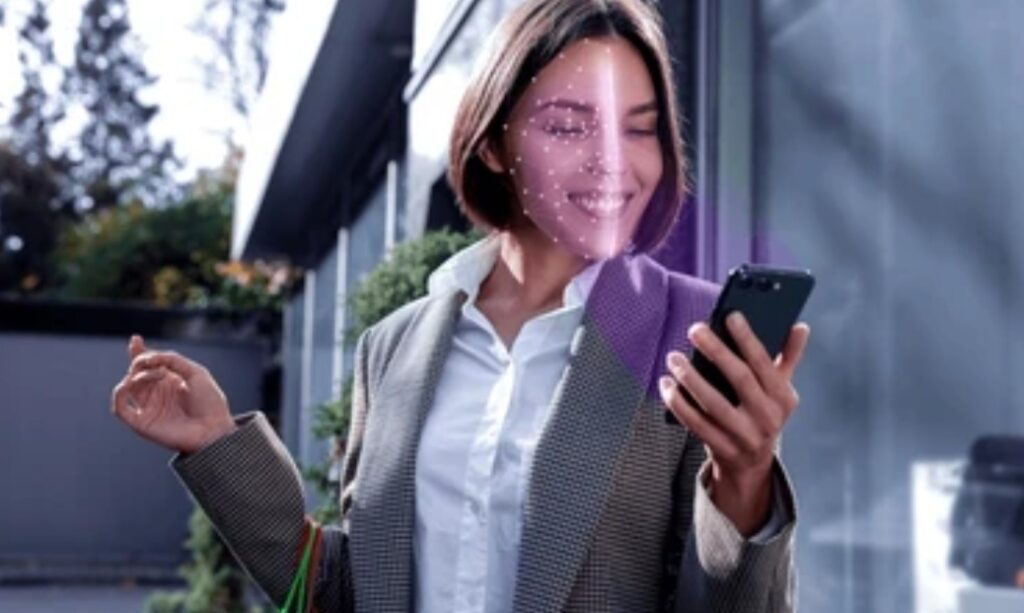
What happens if Face ID doesn’t recognize me?
If Face ID fails:
- You’ll be prompted to enter your passcode
- You can retrain Face ID by going to Settings > Face ID & Passcode > Reset Face ID
Tips to improve accuracy:
- Re-scan your face in good lighting
- Use “Set Up Alternate Appearance” if your look frequently changes
- Make sure your TrueDepth camera isn’t covered or dirty
Can I use Face ID for apps and Apple Pay?
Yes! Face ID works for:
- Unlocking your iPhone
- Authenticating purchases with Apple Pay
- Logging into banking apps, password managers, and App Store purchases
You can manage Face ID permissions per app under:
Settings > Face ID & Passcode > Other Apps
Will Face ID still work if I grow a beard or change my hairstyle?
Yes, Face ID is designed to adapt to gradual changes in your appearance like:
- Growing facial hair
- Changing hairstyles
- Wearing makeup
- Aging over time
For major changes, you can always reset Face ID or use Alternate Appearance to rescan.
What should I do if Face ID stops working after an iOS update?
Try these quick fixes:
- Restart your iPhone
- Ensure the TrueDepth camera isn’t blocked
- Go to Settings > Face ID & Passcode > Reset Face ID, then set it up again
- Make sure you’re running the latest version of iOS
If issues persist, contact Apple Support or visit your nearest Apple Store.
Have more questions about Face ID or iPhone security?
Drop them in the comments, and we’ll update this guide regularly to help you stay secure, up to date, and in control.
Conclusion – Unlock a Smarter, Safer iPhone Experience with Face ID
In today’s digital-first world, Face ID is more than just a cool feature—it’s a game-changing leap in how we secure our personal data, apps, and devices.
By understanding how to set up Face ID on iPhone and following the best practices we’ve outlined, you’re not only making your iPhone more convenient to use—but also dramatically enhancing its security.
From setting it up correctly, using it with a mask, and ensuring it’s always optimized, you now have all the tools needed to unlock your phone smarter and faster than ever before.
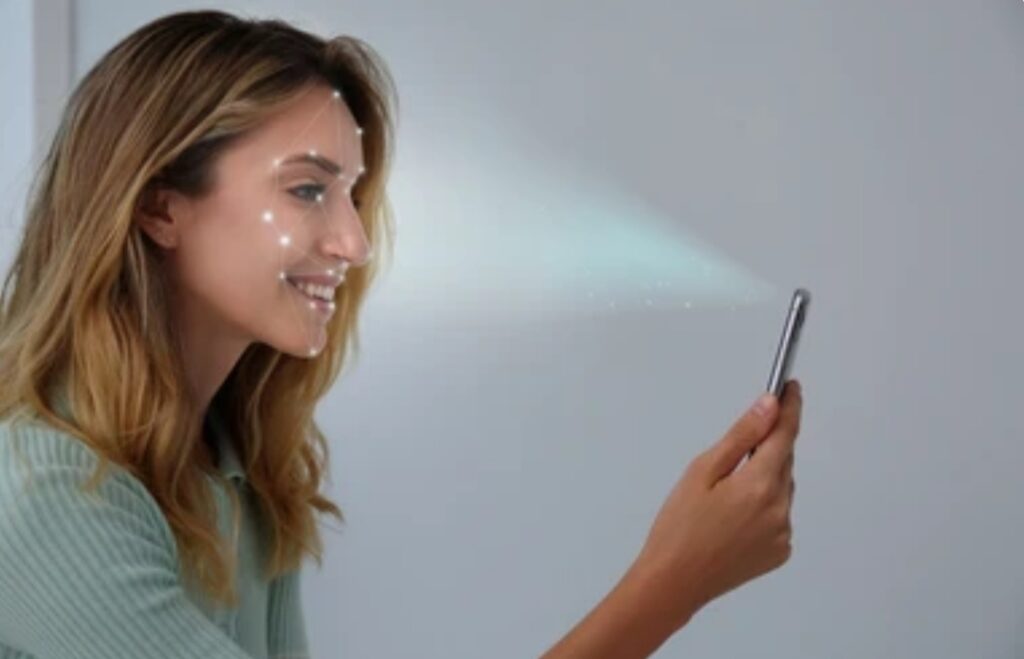
Why You Should Set Up Face ID Today
Still on the fence? Here’s why you should take action now:
- Fast, hands-free unlocking—ideal for busy routines
- Secure biometric protection—stored locally in your device
- Seamless authentication for payments, logins, and more
- Customizable settings to match your lifestyle (even with masks!)
Ready to experience the full power of your iPhone?
Set up Face ID now and enjoy convenience and peace of mind—every time you unlock your device.
Final Pro Tips to Keep in Mind
- Always keep your iPhone updated to the latest iOS
- Re-scan your face if you change your look significantly
- Use the “Add Glasses” and “Alternate Appearance” features for better accuracy
- If Face ID fails, fall back on your secure passcode
- Review app permissions for optimal security
Don’t Wait — Take Control of Your iPhone Security Today
Face ID isn’t just about unlocking—it’s about making your entire iPhone experience faster, safer, and smarter.
If you haven’t already, set it up today and future-proof your phone with Apple’s most advanced security feature.
Your face is the key—use it wisely.
You might also like :

